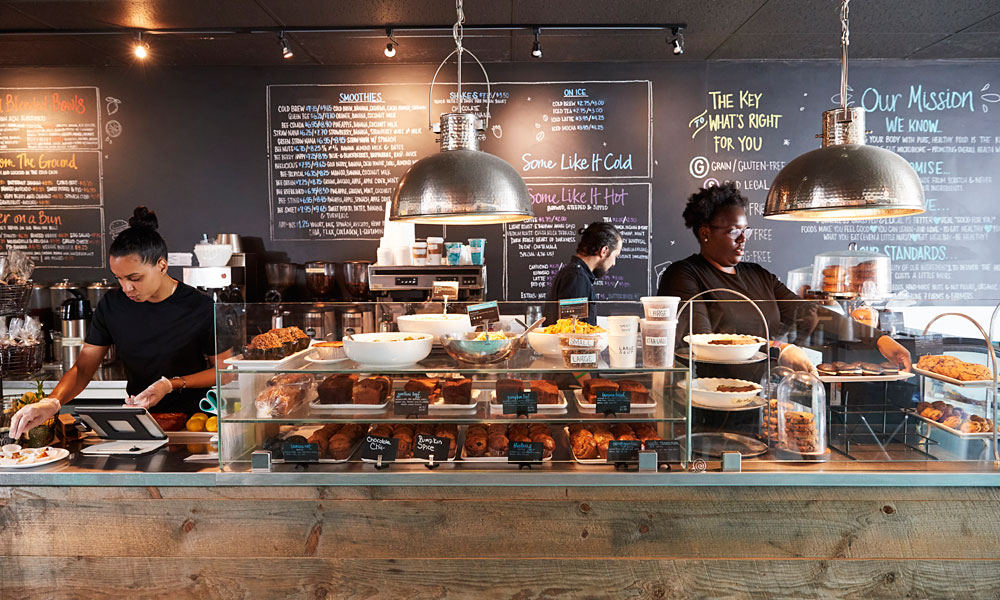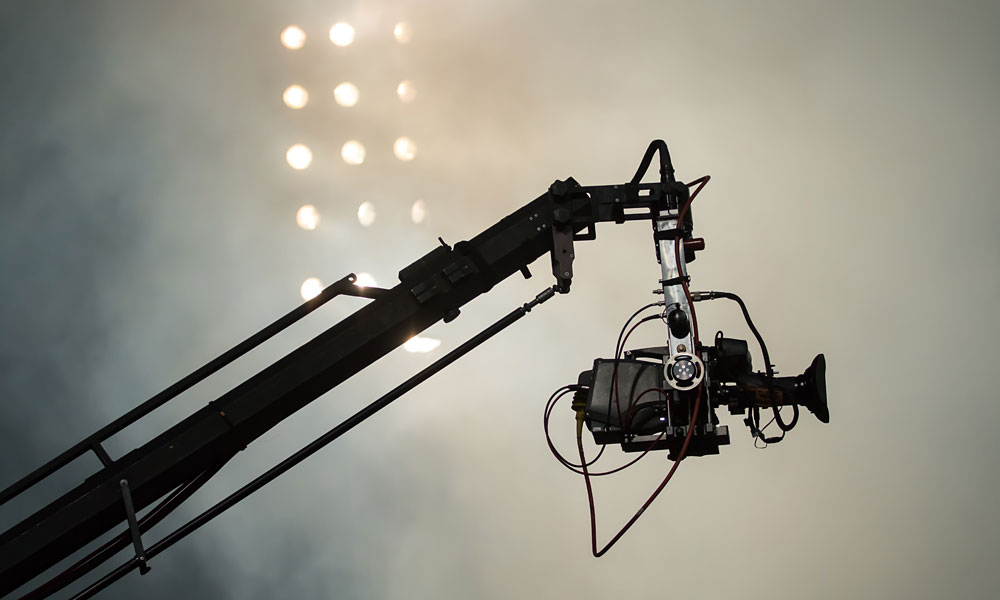Transitioning to the Next Normal: Life and Livelihoods June 2020
Life in America is changed. Face masks and physical distancing challenge most everyone who can't afford to jet away to seclusion. People may long for life to return to "normal," but life and livelihoods in the Next Normal are irrevocably changed. Sixty-five percent of Americans were employed before the pandemic (VALS™/GfK MRI Fall 2019). Now, some workers are deemed to be essential. Some workers can telecommute; some workers have been laid off; and other workers will have a long wait for jobs to return. As of the beginning of May, more than 30 million people have filed for unemployment—an Economic Policy Institute survey finds than another 12 million workers have lost their jobs but haven't filed a claim. A VALS diagnostic of four industries by occupation provides a general overall view of which Americans are most likely to be risking their life and which have livelihoods at risk.
Essential Workers

Among people designated essential workers, almost 11.6 million are healthcare practitioners and providers on the front lines of the covid-19 fight. Most are overwhelmed as they risk their own lives while providing care for more than 328 million citizens (USA Facts, 2019). All eight VALS groups are represented; of people in this occupational sector, three groups predominate: Achievers (24%), Thinkers (20%), and Believers (17%). Highly organized and adept at multitasking, Achievers are the most likely of the three groups to hold mid-management administrative and nursing positions. Believers, because they are caregivers by nature, are also likely to be nurses and technicians. Highly-educated professionals (such as doctors and specialists) are the most likely to be Thinkers.
Jobs Online

Educators, trainers, and people with library occupations have been forced online—immediately. The National Center for Education Statistics reports that 56.6 million children were enrolled in the K–12 school system in 2019—they are now online. Almost 20 million full-time, and 7.8 million part-time college and university undergraduate students are also online. Fortunately, most educators and trainers can teach remotely. In fact, some of the 10.9 million workers in this sector are quite practiced at doing so. Presently, most educators' jobs, paychecks, and benefits are intact. All eight VALS groups are represented in this sector; of them, 28% are Thinkers, 23% are Achievers, and 21% are Innovators. Achievers (many of whom are also parents) are concerned about children's well-being—education helps to shape young minds. Thinkers love to share knowledge; they view learning and information as critical elements of a responsible population. Innovators are involved in education for a variety of reasons; however, without feelings of fulfillment, they wouldn't continue to be a part of the system.
Out of Work

Industries such as retail, personal services, and food preparation and service are in crisis because of the coronavirus. Business Insider predicts that in the next few months, "more than 110,000 restaurants are expected to close forever..." causing millions of people to be out of work permanently. Retail-store closures in 2020 will outpace the 9,300 stores that closed in 2019. Restaurants and retail stores have similar types of employees—many are young, almost all are hourly workers with few, or no, benefits. Of the 10.6 million food prep and serving occupations, 33% are Strivers, 19% are Experiencers, and 16% are Believers. Because employees are required to stand for longer periods of time than many other types of workers, they need to be young, fit, and preferably attractive. As a business sector, restaurants and bars have a more ethnically diverse employee base than most industries do. For Experiencers, restaurant work may be a means to provide income while in school, or a temporary stop on the road to a career. Experiencers are very social and are generally good at dealing with the public. For many Strivers, restaurant/bar work may be a dead end—less satisfying and lucrative than expected; a trap because they lack the education needed to advance. Believers tend to be very helpful and reliable, thus earning advancement over the long-term. Industry predictions suggest that many of these workers will need to find other types of employment.
The Last Jobs to Recover

A relatively small group of workers are responsible for enriching our lives through the arts, design, sports, and media. Most of the 3.1 million people who entertain us will be the last people to go back to work. Writers, broadcasters, reporters, and related-equipment operators are the exception; many are able to work as usual during the transition from what was normal to the Next Normal. Artists, designers, dancers, musicians, singers, actors, and athletes will have to sit out the recovery until people feel safe to congregate in groups and to be closer than six-feet apart. Because this occupational sector includes so many different types of jobs, it's not surprising that five of the eight VALS groups are represented in roughly the same proportions. Makers (8%), Believers (2%), and Survivors (1%) are under-represented. Makers prefer physical, practical work, although many are creative when producing tangible items or solving building or "fixing" problems. Survivors are primarily focused on the fundamentals of living. They are more likely than other consumers to enjoy passive activities such as reading, listening, and viewing content, rather than contributing content.
Learn more about how to use VALS to target for the Next Normal. Contact us.